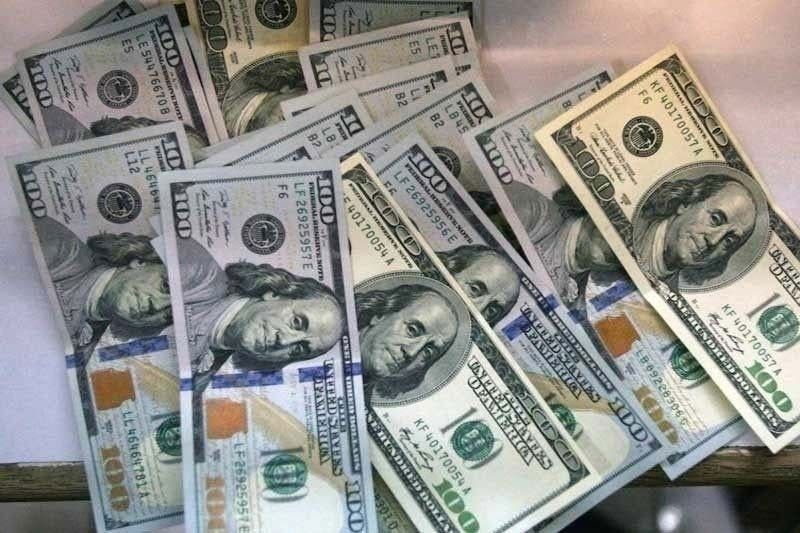FDI inflow registers 2-month high in January

MANILA, Philippines — The inflow of foreign direct investments (FDI) soared by 89.9 percent to hit a two-month high in January, as easing inflation boosted investor confidence in the Philippines.
Data released by the Bangko Sentral ng Pilipinas (BSP) showed an FDI inflow of $907 million in January, significantly higher than the $478 million booked in the same month in 2023.
The January figure was 9.4 percent higher than the $826 million seen in December 2023. It also marked the highest since the $1.06 billion net FDI inflow in November last year.
“The increase in FDI was supported mainly by the 173.2 percent expansion in nonresidents’ net investments in debt instruments,” the central bank said in a statement.
Based on BSP data, investments in debt instruments stood at $820 million in January, more than double the $300 million in the same month a year ago. These investments mainly consist of intercompany borrowing between foreign direct investors and their subsidiaries or affiliates in the Philippines.
The BSP also reported a 16.4-percent increase in reinvestment of earnings, to $99 million from $85 million.
Meanwhile, net equity other than reinvestment of earnings recorded $11 million outflows in January, a reversal of the $93 million inflows in the same month last year.
Equity capital placements dropped by 33.5 percent to $99 million. Placements mostly came from Japan and the United States, which were channeled into manufacturing, real estate, construction as well as wholesale and retail trade industries.
On the other hand, equity withdrawals almost doubled to $110 million in January from $56 million in the same month in 2023.
Total equity and investment fund shares fell by 50.8 percent to $87 million in January from $178 million a year prior.
Michael Ricafort, chief economist at Rizal Commercial Banking Corp., said the latest improvement in FDI could be attributed to better economic and financial markets performance such as easing inflation, which is now within central bank targets and could lead to policy rate cuts later this year.
Data from the local statistics agency showed headline inflation slowed to 2.8 percent in January from 3.9 percent in December and 8.7 percent in January 2023.
It marked the slowest print since the 2.3 percent in October 2020, at the height of the COVID-19 pandemic.
To tame inflation, central banks globally, including the BSP and the US Federal Reserve, have delivered a series of aggressive rate hikes since 2022. A tighter rate environment is expected to slow down the global economy.
Since it started its interest rate liftoff in May 2022, the BSP’s Monetary Board has hiked key policy rates by a cumulative 450 basis points, bringing the benchmark rate to a near 17-year high of 6.5 percent from an all-time low of two percent.
“For the coming months, possible cuts in the US/global/local policy rates later in 2024, if inflation remains well anchored within the target, could lead to some pick up in FDIs eventually,” Ricafort said.
Robust economic growth in the Philippines would also help boost investments, he said.
However, rising inflation, higher for longer interest rates as well as risks of a global slowdown would drag FDIs into the Philippines, he added.
The BSP sees FDI net inflows of $9 billion by end-2024 and end-2025.
- Latest
- Trending


























